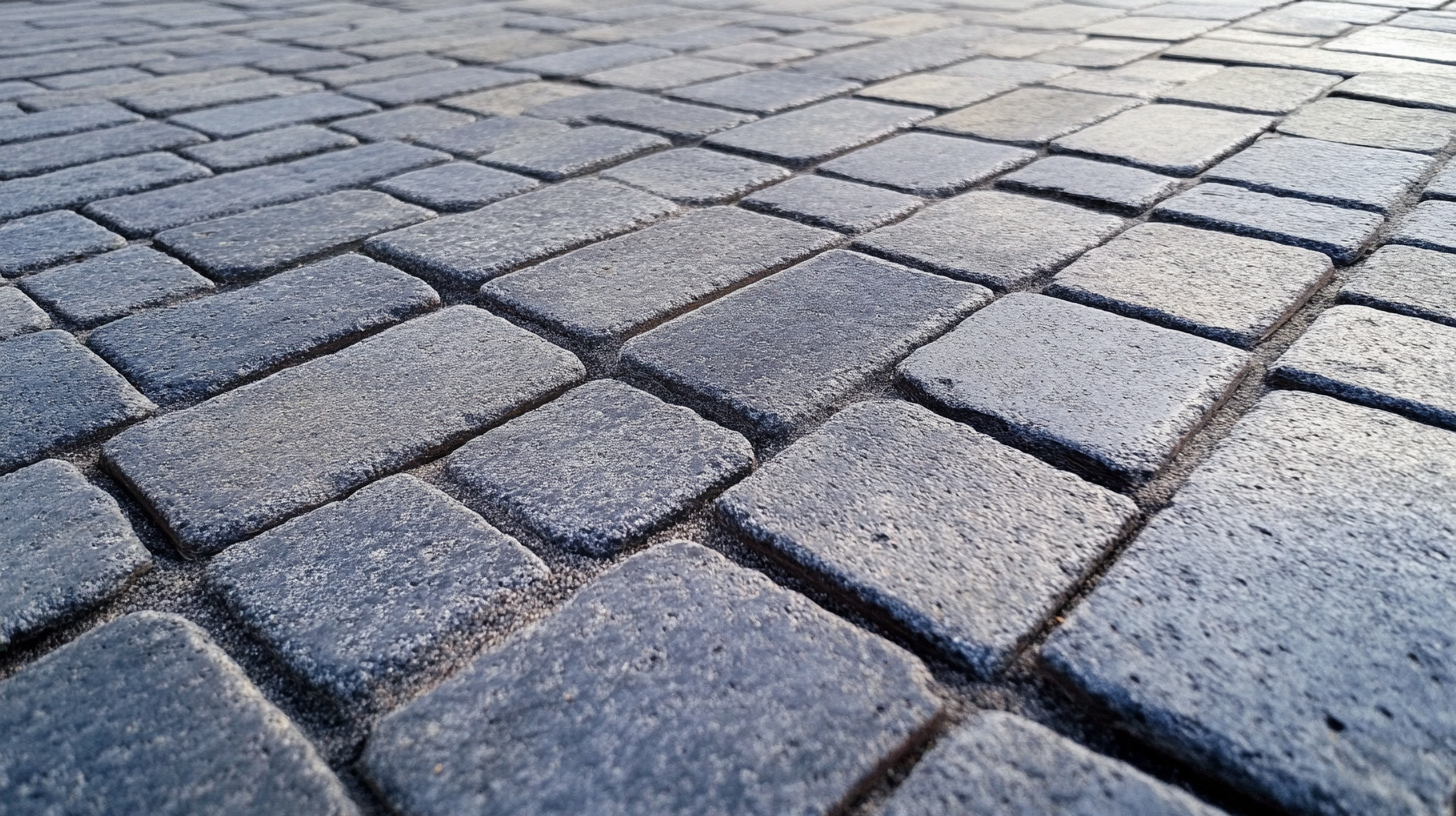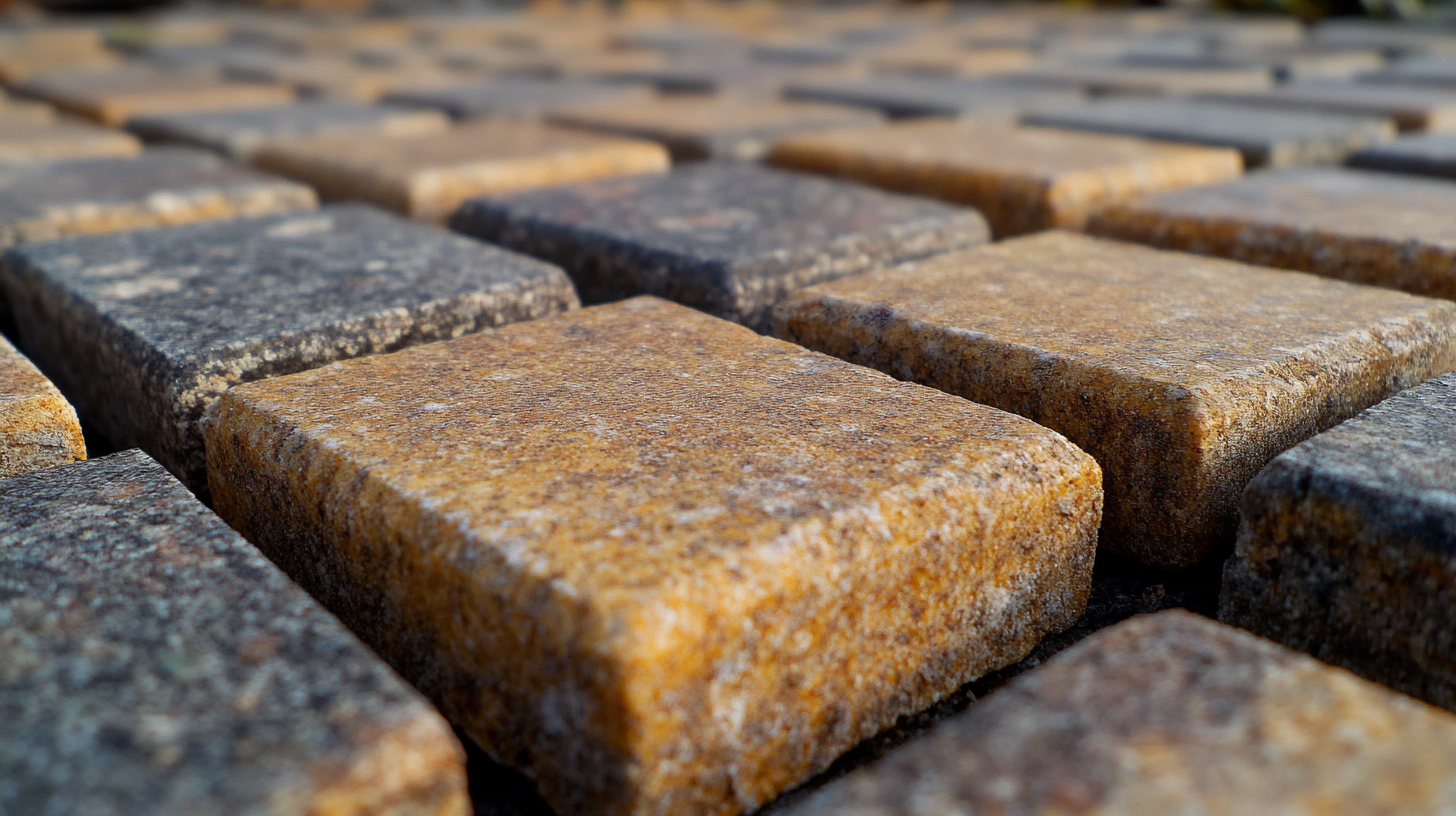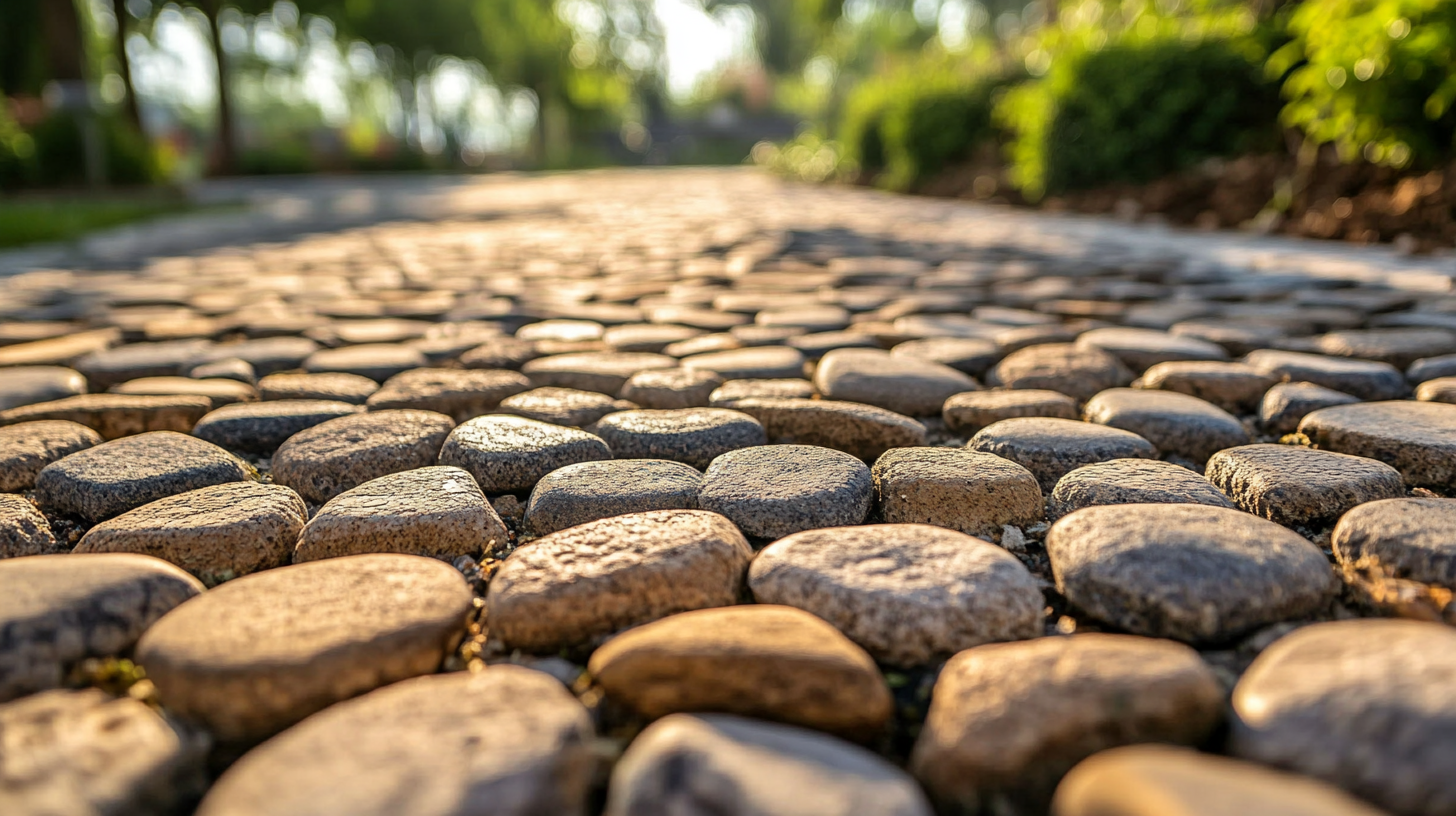


 In today's world, where aesthetics and functionality converge, selecting the right paving board can make a significant difference in the success of your outdoor projects. Whether you're looking to enhance your garden, patio, or driveway, the quality and design of paving boards play a crucial role. In this ultimate guide, we will explore the various options available in the market, focusing on the unbeatable quality of Chinese-manufactured paving boards, renowned for their durability and exquisite finish. With innovation at the forefront, these paving boards not only meet international standards but also cater to a wide range of preferences and styles. Join us as we delve deeper into the factors you should consider when choosing the best paving board for your project, ensuring a stunning and long-lasting result that reflects both your vision and the essence of superior craftsmanship.
In today's world, where aesthetics and functionality converge, selecting the right paving board can make a significant difference in the success of your outdoor projects. Whether you're looking to enhance your garden, patio, or driveway, the quality and design of paving boards play a crucial role. In this ultimate guide, we will explore the various options available in the market, focusing on the unbeatable quality of Chinese-manufactured paving boards, renowned for their durability and exquisite finish. With innovation at the forefront, these paving boards not only meet international standards but also cater to a wide range of preferences and styles. Join us as we delve deeper into the factors you should consider when choosing the best paving board for your project, ensuring a stunning and long-lasting result that reflects both your vision and the essence of superior craftsmanship.
When selecting a paving board for your project, several critical factors come into play to ensure durability and aesthetic appeal. One of the primary considerations is the material of the board. According to a report by the National Association of Home Builders, composite materials are increasingly favored for their resistance to weathering and low maintenance requirements, making them a popular choice for outdoor applications. On the other hand, traditional wood boards can offer a warm, classic look but may require more upkeep and are prone to rot without proper treatment.
Another essential factor is the thickness and density of the paving board. A study conducted by the Federal Highway Administration found that boards with a minimum thickness of 1.5 inches provide enhanced load-bearing capacity, which is essential for high-traffic areas. Additionally, considering the board’s slip resistance is crucial, especially for wet environments, as data indicates that over 70% of slip-related accidents can be attributed to inadequate surfacing. Selecting a board with the appropriate slip rating can significantly enhance safety in residential and commercial settings alike.
When selecting a paving board for your project, understanding the pros and cons of each material is essential. Concrete paving boards are among the most popular choices due to their durability and ability to withstand various weather conditions. They are relatively low-maintenance and can be finished in multiple styles and colors. However, concrete can be prone to cracking over time, particularly if not installed correctly or if exposed to extreme temperature changes.
Another excellent option is composite paving boards, which blend wood fibers with plastic. The primary advantage of composite materials is their resistance to rot, splintering, and insect damage, making them a long-lasting alternative to traditional wood. Additionally, they require less maintenance as they do not need regular sealing or staining. On the flip side, composite boards can be more expensive upfront and may not offer the same authentic appearance as natural wood.
Natural stone paving boards provide a timeless elegance and unique aesthetic, varying in color, texture, and pattern. They are incredibly durable and can withstand heavy foot traffic, making them ideal for patios and walkways. However, stone can be costly, and installation often requires professional help due to its weight and the need for precise leveling. Furthermore, some types of stone may require sealing to protect against stains and weather damage, adding to the long-term maintenance considerations.
In conclusion, evaluating each material's specific advantages and limitations can help ensure that you choose the perfect paving board for your particular project.
When embarking on a paving project, determining the right size for your paving board is crucial for both aesthetics and structural integrity. According to the Interlocking Concrete Pavement Institute, the optimal thickness for standard concrete pavers can range from 2 to 3 inches for residential applications, ensuring durability while supporting regular foot traffic. For larger commercial projects, paver thickness might increase to 3 to 4 inches, providing the necessary strength to withstand heavier loads.
Measuring your space accurately will guide your selection process and prevent costly mistakes. Start by evaluating the area you plan to pave; ensure you account for curves, corners, and any obstructions. The National Association of Home Builders recommends using a tape measure and marking out the area with string or stakes to visualize the dimensions fully. This approach not only aids in calculating the quantity of pavers required but also allows for precise cuts and fitting, leading to a seamless and professional finish. By combining careful measurement with industry standards for size and thickness, you can ensure your project is both beautiful and functional.
 When it comes to setting up paving boards, employing the right installation techniques is crucial for achieving a seamless finish. Before beginning, ensure the ground is thoroughly prepared. This involves removing any debris, leveling the soil, and establishing a solid foundation. Compacted sand or gravel is often recommended to provide stability, preventing any shifting that could lead to uneven surfaces later on.
When it comes to setting up paving boards, employing the right installation techniques is crucial for achieving a seamless finish. Before beginning, ensure the ground is thoroughly prepared. This involves removing any debris, leveling the soil, and establishing a solid foundation. Compacted sand or gravel is often recommended to provide stability, preventing any shifting that could lead to uneven surfaces later on.
Once your base is ready, carefully lay out the paving boards according to your desired pattern. Use spacers to maintain consistent gaps between the boards, which will not only enhance the aesthetic appeal but also allow for necessary expansion. It’s essential to double-check alignment during this process; a straight edge can be a valuable tool to ensure everything remains in line as you work. Moreover, consider using a rubber mallet to set the boards in place gently, which will help avoid cracks or damage to the surfaces. A seamless installation not only boosts the visual impact of your project but also ensures durability and longevity for your outdoor space.
Proper maintenance is crucial to ensure the longevity and aesthetic appeal of your paving board. To keep your paving board in top condition, start with regular cleaning to remove dirt, debris, and any organic matter that may accumulate over time. A simple mixture of water and mild detergent can work wonders; use a stiff broom or a pressure washer to effectively clean the surface. Avoid harsh chemicals that might damage the material or finish.
In addition to cleaning, examining your paving board for cracks and chips is essential. Addressing minor damages promptly can prevent them from worsening and extending the life of your investment. Consider applying a sealant every few years, which not only helps protect the surface from stains and moisture but also enhances its appearance. Completing these maintenance tasks will ensure your paving board remains an attractive and durable feature in your outdoor space. Regular inspections and upkeep are key components for maintaining its integrity and functionality over time.
